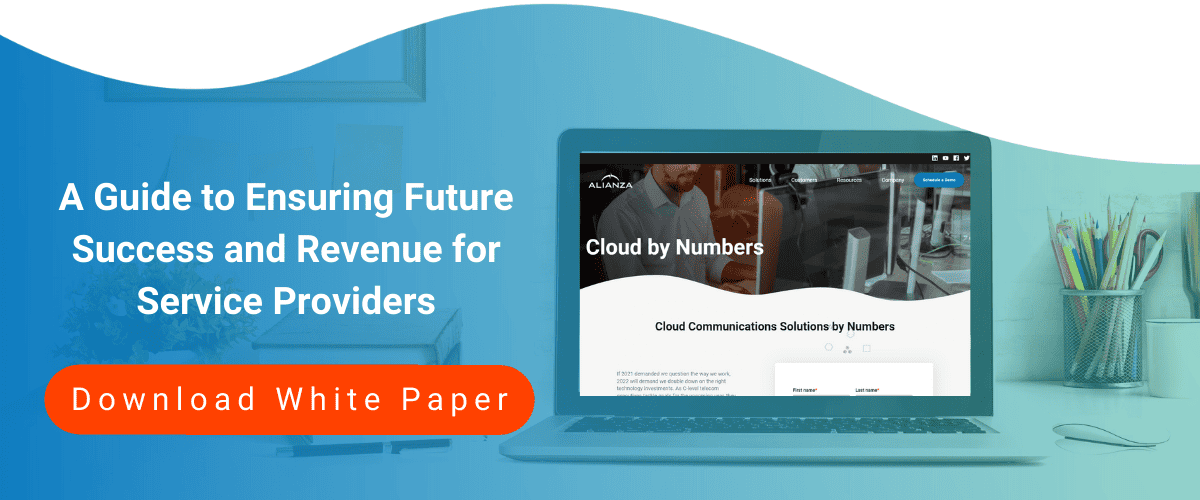
Is your organization running legacy voice systems? If so, you know there is no such thing as free time. When you’re not actively working to maintain the platform, you’re probably worried it will fail at the most inopportune time — like a major outage on the morning of your kid’s birthday party that means you’re stuck in the office, hitting your keyboard, while the rest of the family is hitting the piñata.
A 2021 survey revealed over 50% of US employees are experiencing burnout, and nearly 1 in 4 believe their physical health has suffered because of their job.
Burnout doesn’t impact only the skilled personnel like NOC technicians and network engineers: 50% of digital leaders are struggling because legacy systems grow in technical debt. Business sustainability ultimately requires agility and the ability to successfully embrace change. A disparate set of VoIP and TDM-based voice services from multiple vendors and lack of support will eventually prevent service providers from keeping operational expenses in check and keeping up with rapidly changing market and consumer demands.[i]
Legacy Voice Systems Are a Headache & Cloud Is the Cure
Spending precious time and resources to keep a legacy voice system running can limit opportunities for network expansion, scaling, or improving your product — often at the expense of a personal life. What if, instead of spending all your time managing and maintaining legacy VoIP platforms, you migrated your customers to a modern cloud communications solution run by someone else? Imagine how well a romantic anniversary dinner would go if you knew your phone wouldn’t ring with yet another legacy voice system emergency! Regain control of your life by outsourcing the management of your platform.
In a typical organization, between 75% and 80% of the IT budget is spent on operations and maintenance of legacy systems that are rapidly becoming obsolete.
Identifying Top Legacy Voice System Risks
Slow Speed to Market
Constant innovation with regular new features releases is now the industry standard. Service providers that rely on legacy voice systems or TDM-based voice services are slower to respond to market demands and especially vulnerable to competitors. Legacy switching hardware and older software that lacks modern functionalities (with poor usability and user experience) is risky, resulting in service disruptions, declining sales, and poor customer retention. SMBs and enterprises realize that while they could scrape by with constrained resources, they can get better service in the cloud, which is most naturally sourced through their service provider. That means communication service providers (CSPs) need to remain nimble to successfully adapt to the ever-changing customer demands.
Tightly Coupled & Self-Contained
Legacy voice systems were built as monolithic, self-contained applications, closely coupled with components that are highly dependent on one another. In comparison, today’s cloud-based architecture is the gold standard, often available as fully modular with built-in redundancy, removable components, and scalability. Best-in-breed cloud communication platforms also offer always-on, active-active georedundancy that adapts and responds to change with ease.
Service providers with self-contained, legacy network components can easily reduce system dependencies, increase system automation, and reduce costs by leveraging cloud-based platforms.
Legacy Voice Systems Elevates Risk of Security Breaches & Data Loss
2021 was a record-breaking year for data breaches. In May, security researchers discovered the personal data of more than 100 million Android users had been exposed due to several misconfigurations of their cloud services. Perhaps unsurprisingly, the issue stemmed from misconfigured databases, but their findings also showed the lack of basic security practices is present in many applications.
Legacy voice systems require substantial manual configurations and maintenance to mitigate the risk of security breaches, and that’s not even accounting for the upkeep of hardware software versions, implementing patches, and managing hardware replacement every five to seven years.
On top of all those challenges, providers face stiff penalties for non-compliance with data protection and privacy standards. For example, the FTC may bring civil actions for civil monetary penalties of up to USD $40,000 per violation of the FTC Act or COPPA. Not to mention that each day that non-compliance continues is considered a separate “violation” for purposes of the law.
By moving to an industry-leading cloud communications platform, service providers can eliminate the effort and time required to ensure compliance because the cloud provider manages it.
For further insights on the value of moving to the cloud and best practices that can save you time and money, read Alianza’s latest white paper “Cloud Communication Solutions by The Numbers.”
Our business philosophy is fundamentally different than your old switch vendor. Our cloud communications platform is free from costly mandatory maintenance contracts, security enhancements, and more, saving you tens of thousands in the long-term.
When It Comes to Voice, the Grass Is Greener in the Cloud
Making the move to a cloud-based voice solution isn’t really a matter of if, but when. So why waste more of your time and resources maintaining a legacy voice system when you could be allocating more of your budget to moving your organization forward?
Since 2009, Alianza has been helping service providers seamlessly migrate their voice customers onto our turnkey, cloud-native voice communication solution. Built on resilient infrastructure and managed by us, we offer service providers peace of mind.



Our Platform
Our cloud communications platform enables service providers to leverage their local presence and broadband assets to deliver a more secure, higher quality, lower cost, and more profitable solution than OTT competitors.
Our Products
While it is actually necessary to replace your ageing technology, service providers can switch to the cloud without sacrificing reliability, quality, or functionalities. Our products are purpose-built to allow service providers to innovate quickly and address the evolving demands of their end user customers in a way that is easy to manage, easy to consume, and highly profitable.
Our Company
We do not compete with our customers for residential, SMB, or enterprise business. Rather, we offer full-stack cloud communications platform solutions for you to offer directly to your customers.





![[Alianza Hubspot] Blog Images - Small (28) Legacy Voice System](https://www.alianza.com/wp-content/uploads/2022/02/Alianza-Hubspot-Blog-Images-Small-28.png)


